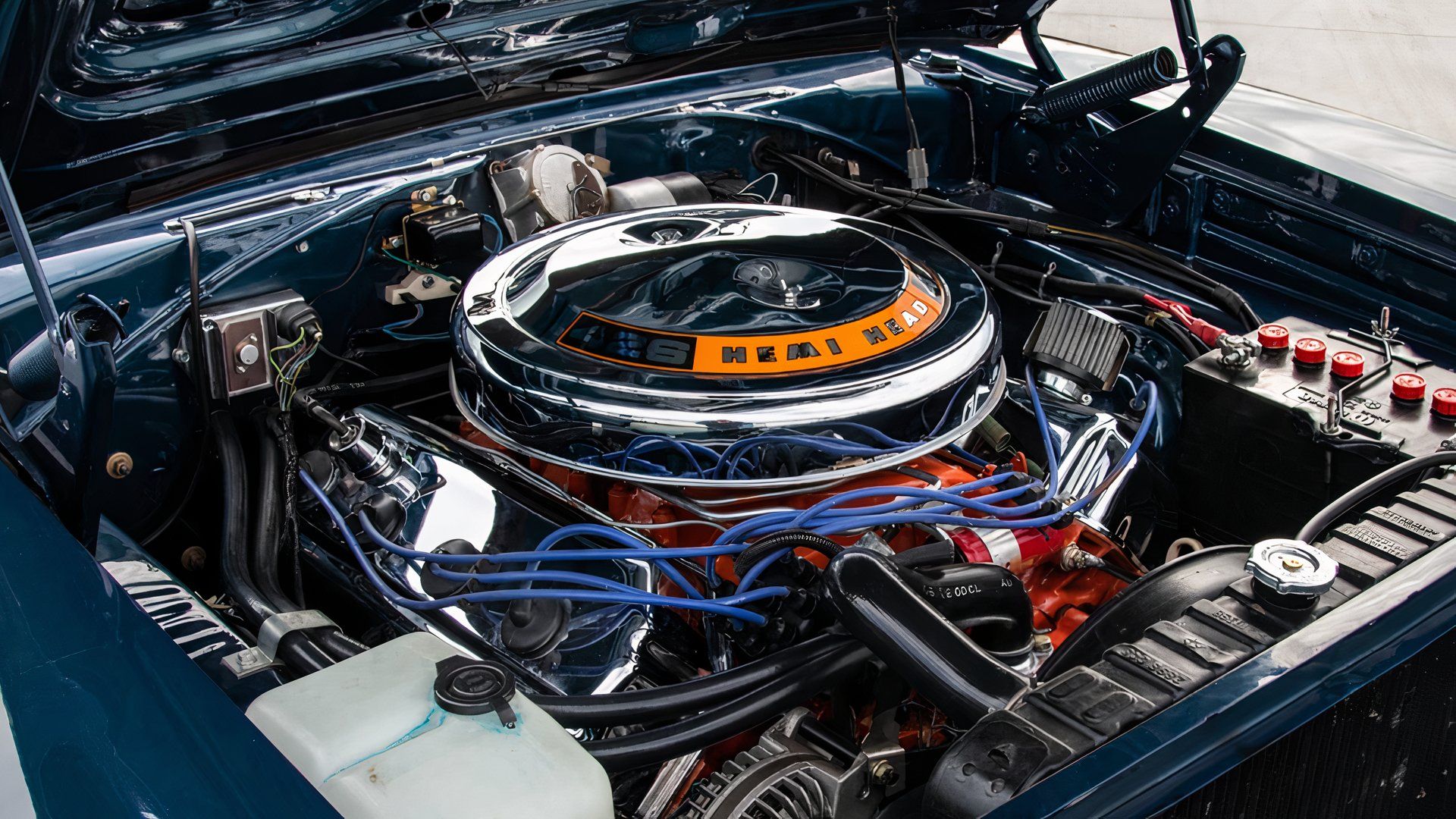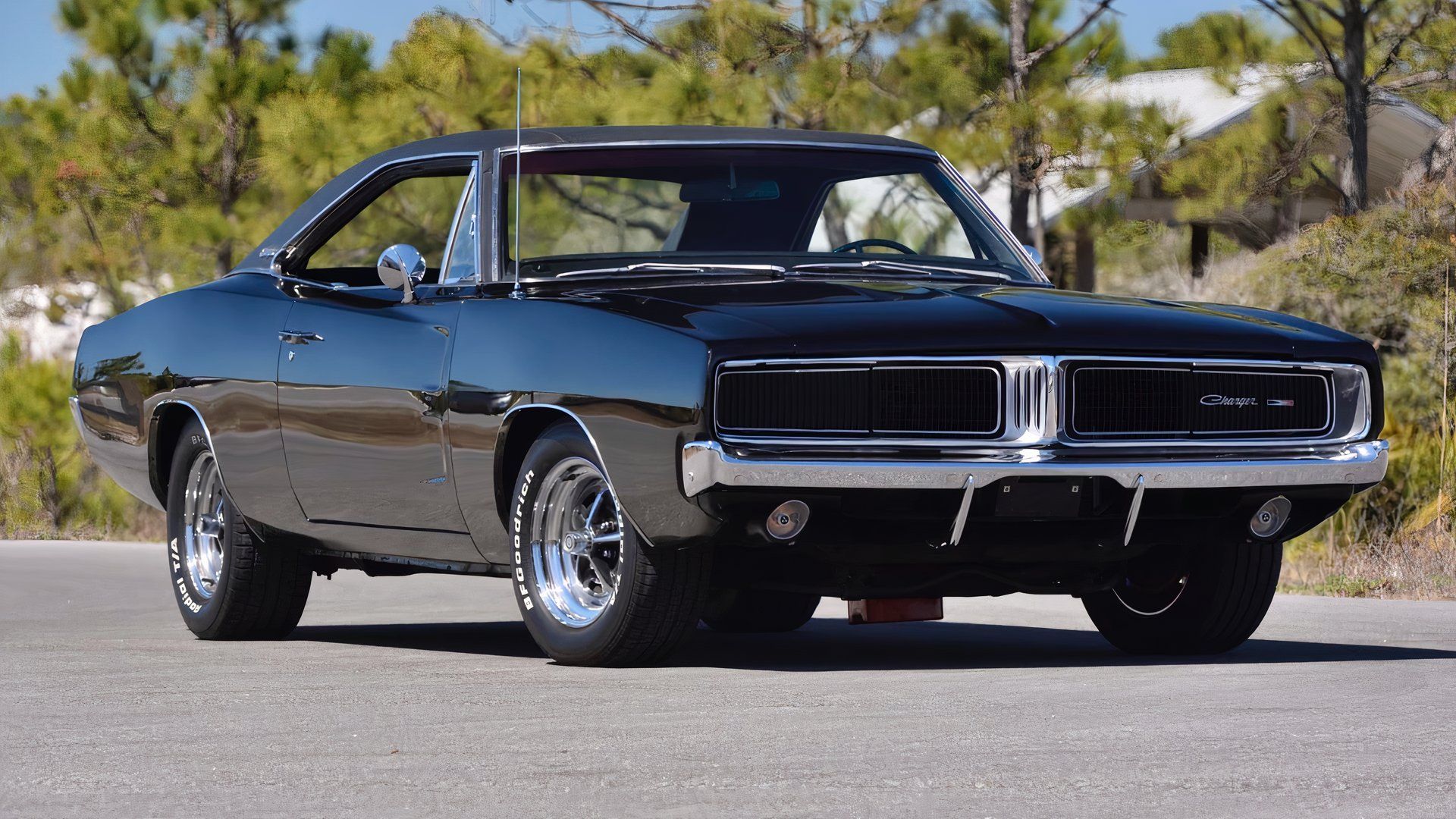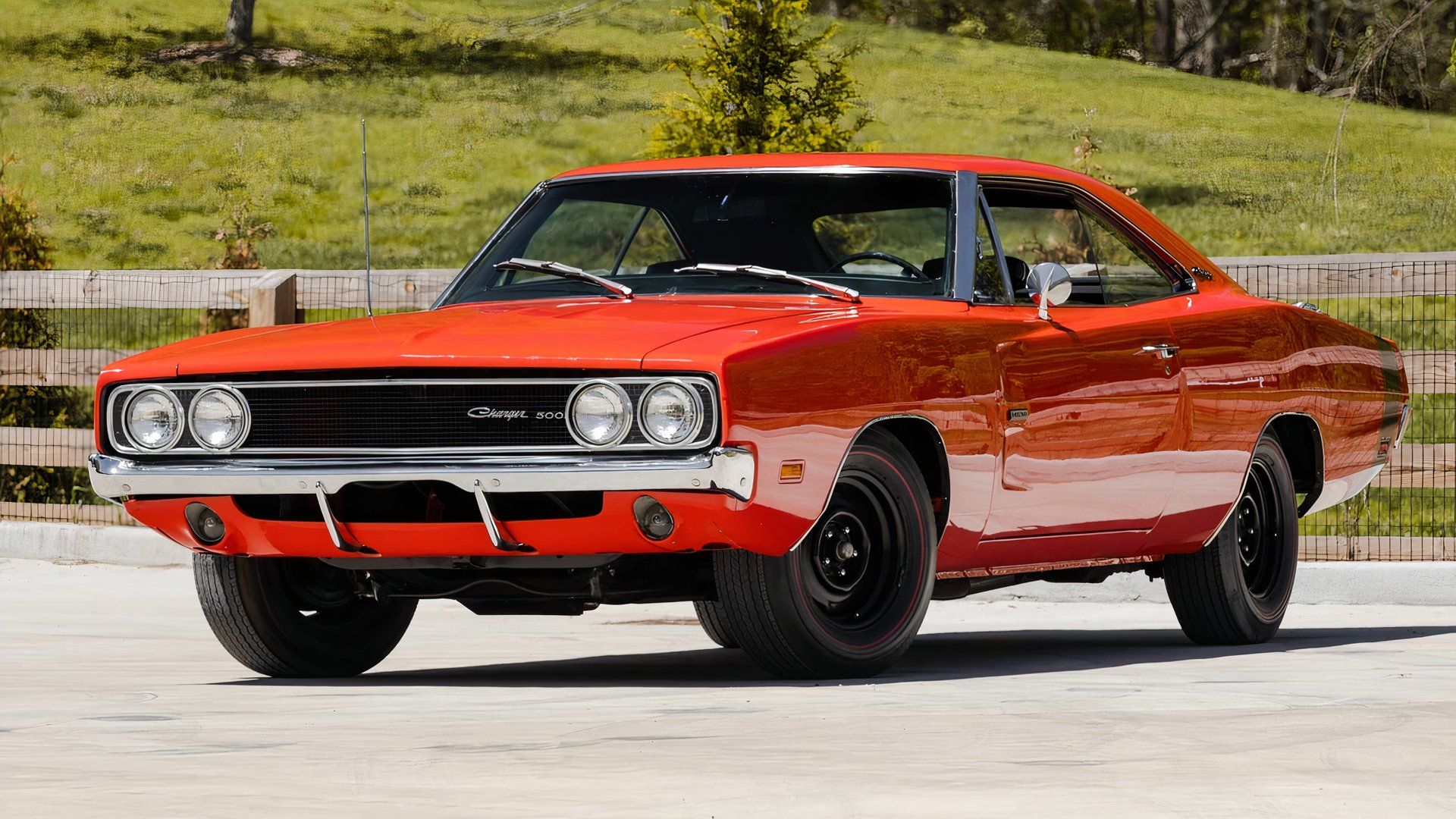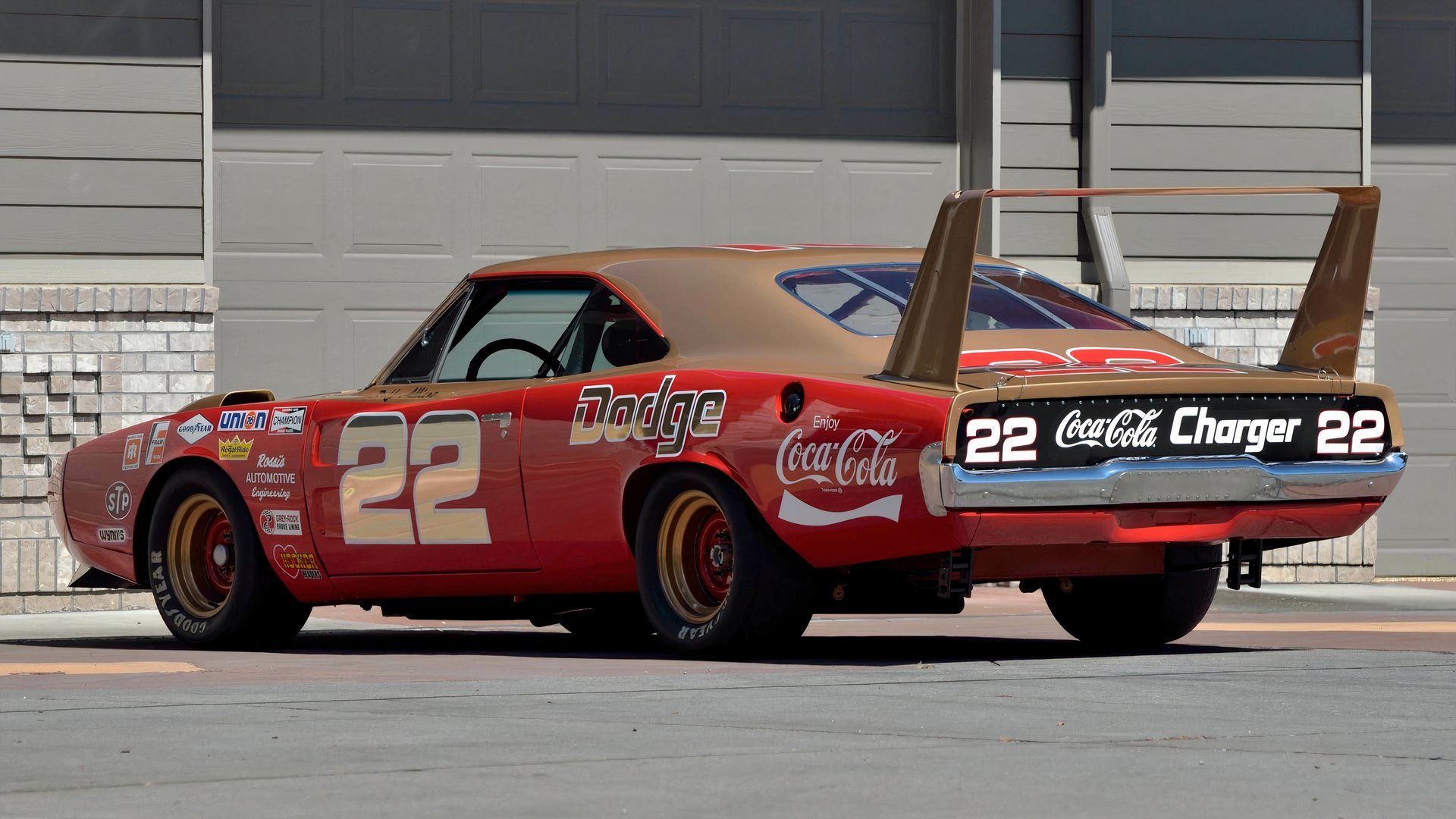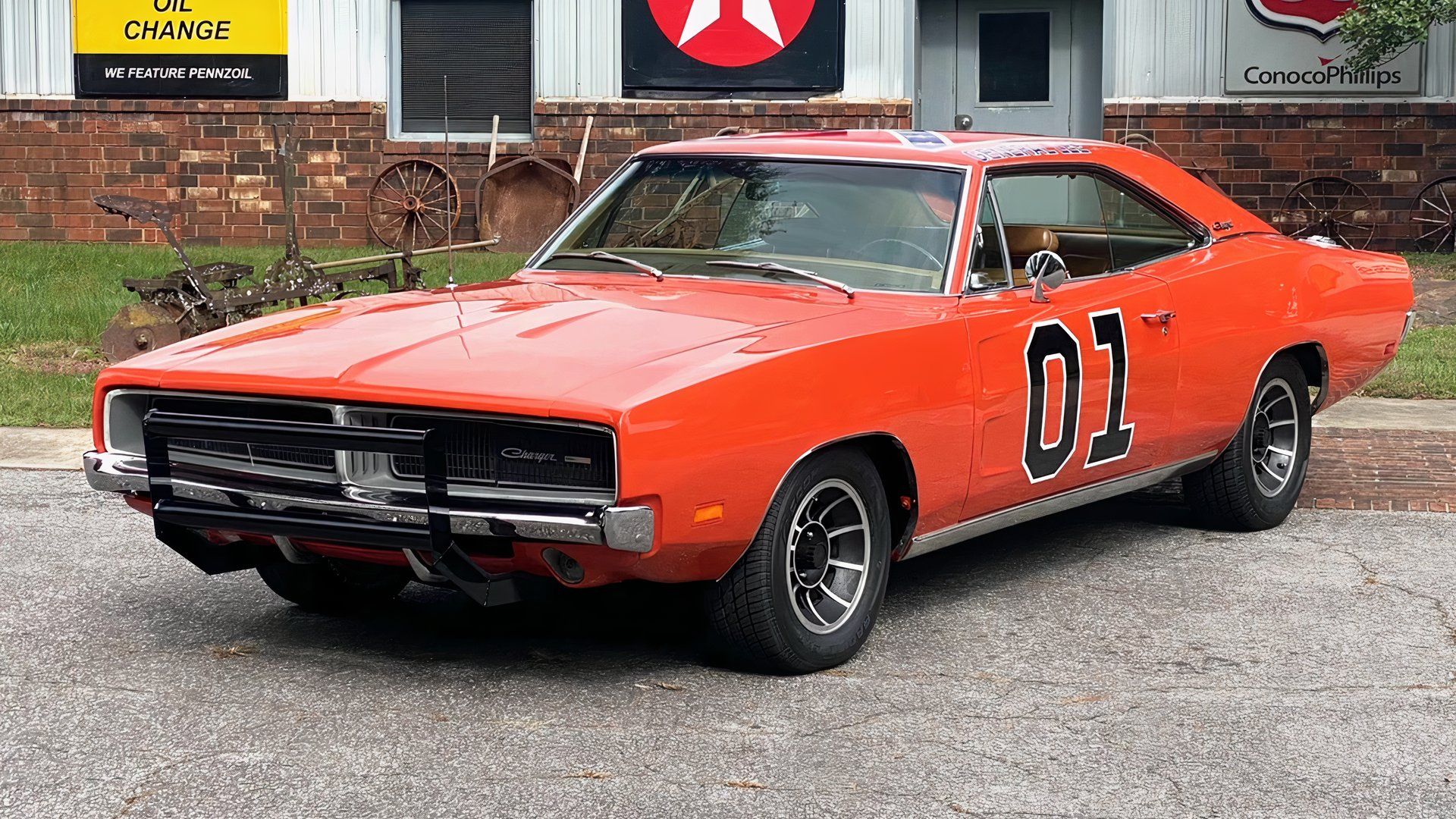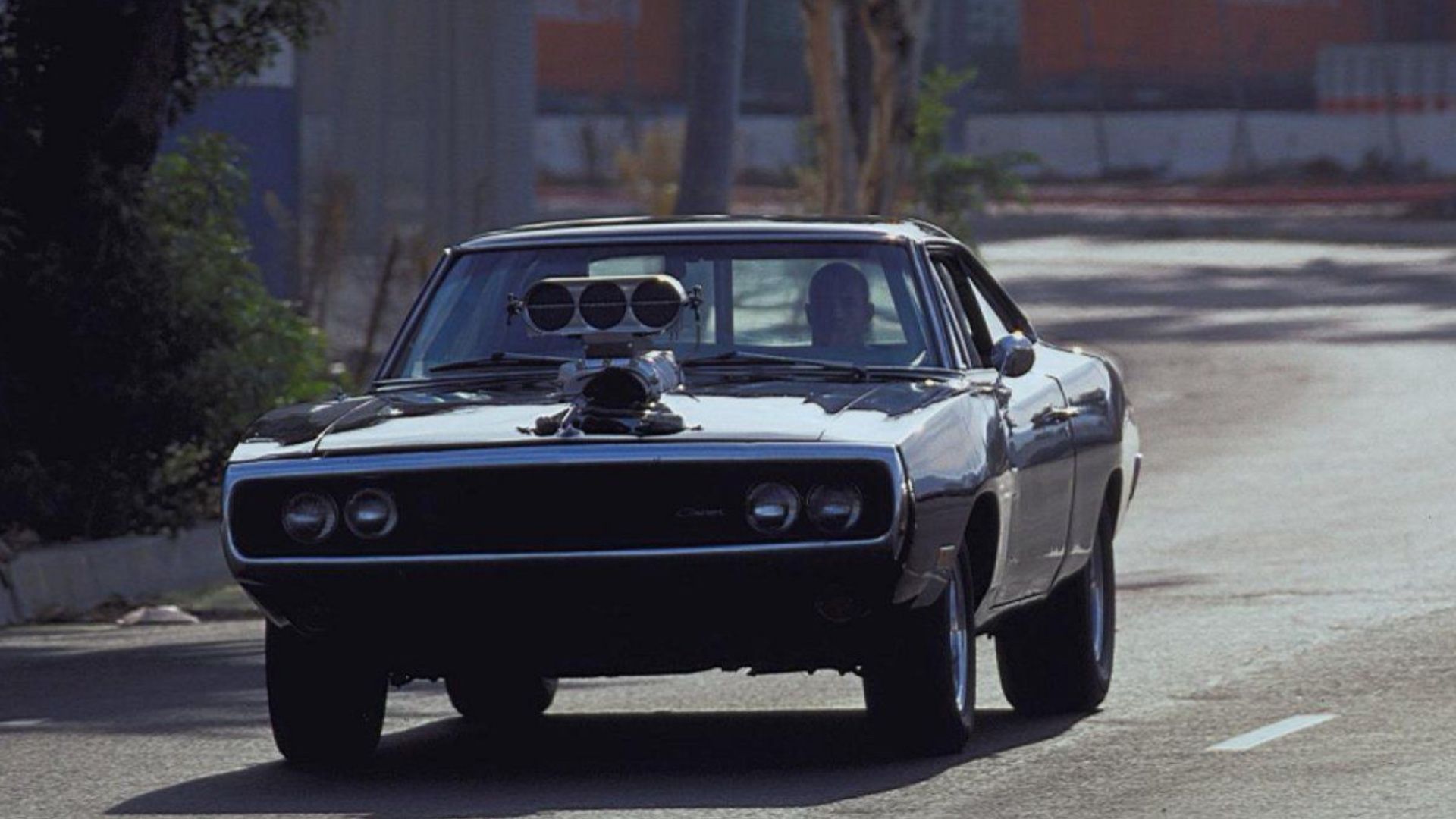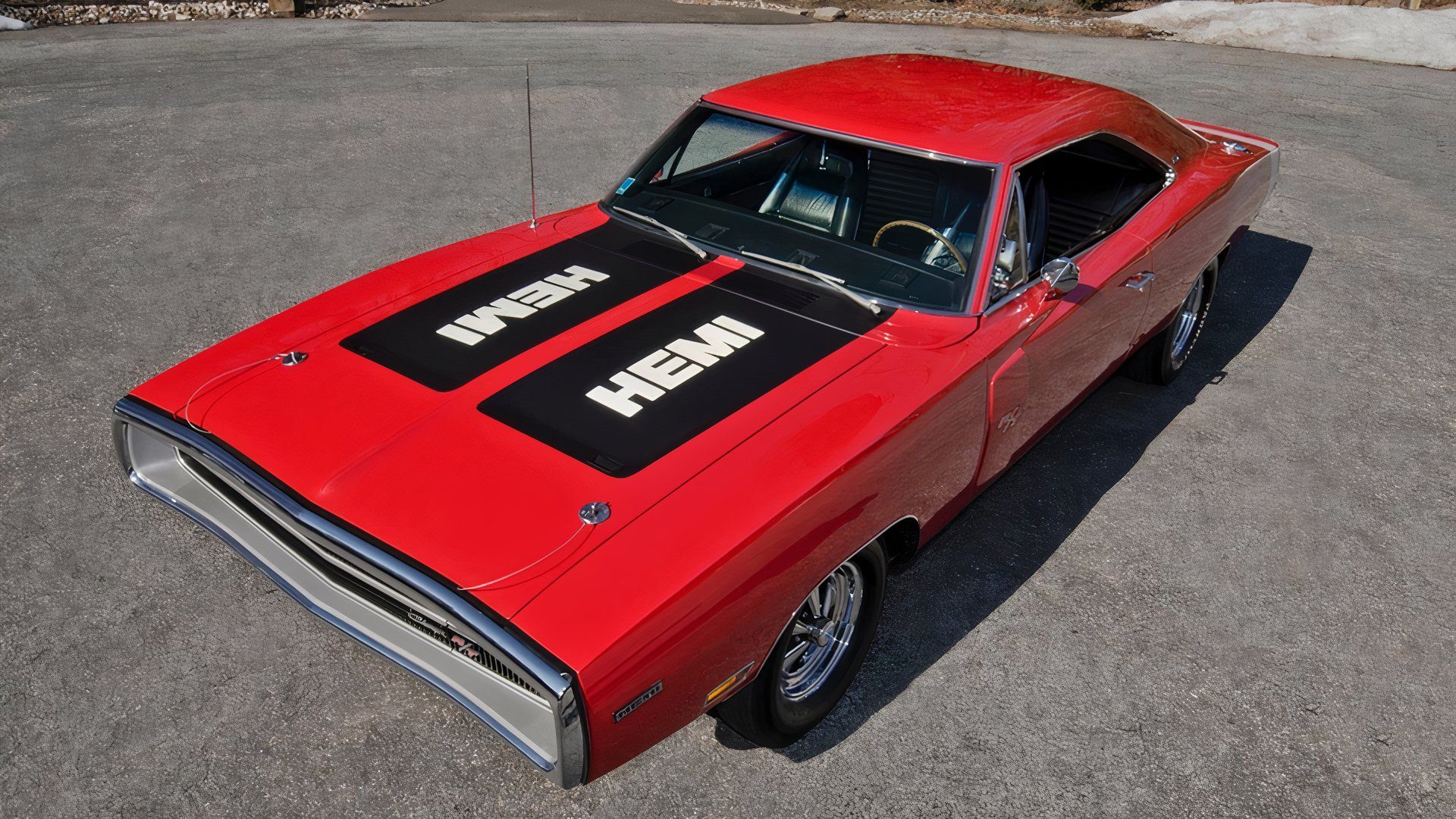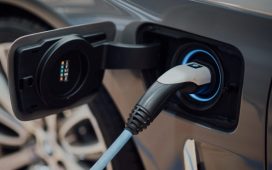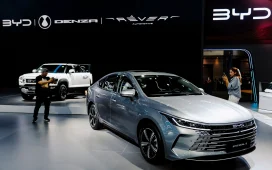The second-gen Dodge Charger is the defining ride of the Golden Age of American Muscle with gorgeous aggressive styling and, when equipped with the 426 Street Hemi, unrivaled power. It was the culmination of many frustrating years attempting to create the ultimate factory street machine, but it was well worth the wait as the results were nothing short of spectacular. Dodge had been building fast cars well before the classic muscle car era, launched in 1964 with the Pontiac GTO, like the Dart 413 and 440 Max Wedge, but they were mostly high-performance versions of their mundane line-up.
The Charger nameplate was unleashed in 1966, as an upscale pony car, but it was still based on the decidedly bland Coronet, and its style was both weird and stuck in the past. The second-gen Charger was the first Dodge designed specifically as a muscle car, targeting the growing segment of buyers who wanted to look cool and go fast for a reasonable price. New car models are always hit or miss, but Dodge started out with a mission to achieve perfection and managed to create genuine magic. The second-gen Charger is the most iconic car from the Golden Age, that has only gotten more popular in the decades since it first hit showroom floors.
In order to give you the most up-to-date and accurate information possible, the data used to compile this article was sourced from Dodge, and other authoritative sources, including Classic.com.
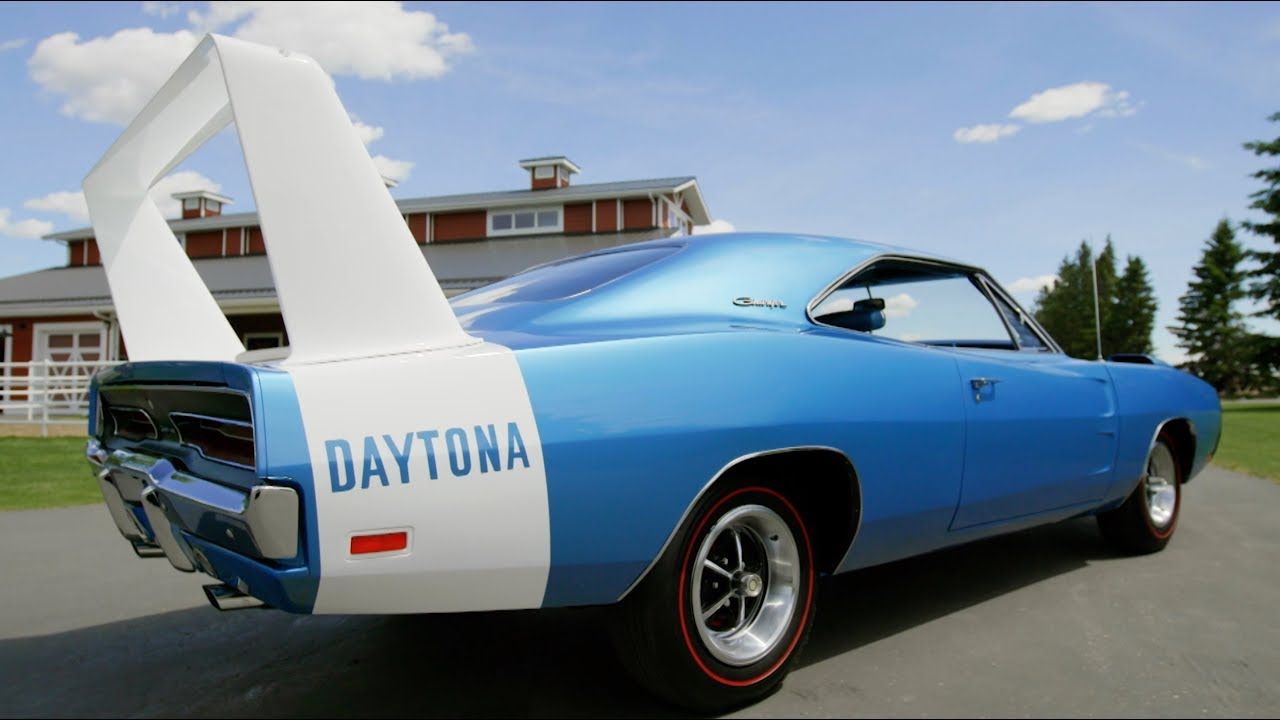
Related
Best Dodge Charger Muscle Cars From Every Generation
As the iconic Dodge Charger transitions from ICE to EV, it’s time to look back at the best cars from every generation
Birth Of The Second-Gen Dodge Charger
The 1964 Pontiac GTO started the classic muscle car craze, and then mid-model year, Ford opened the corral on the Mustang, creating pony car mania. All automakers scrambled to replicate the success of these two emerging segments, but Dodge thought they’d combine them into a single model. They, however, didn’t want to spend a lot of money on development, so they created a fastback version of the Coronet, which was a much longer vehicle than the Mustang.
The end result was a roofline that you could sled on. It turned out a little goofy looking, and honestly, hasn’t improved with age, remaining an unsettling spectacle. Despite having some awesome V-8 options like the 426 Hemi, the Charger was a flop, but there was something there and Dodge just needed to flush it out.
Second-gen Charger Production
- 1968 – 96,100 units
- 1969 – 89,199 units
- 1970 – 46,576 units
Second-Gen Hemi Production
- 1968 – 468 units
- 1969 – 362 units
- 1970 – 112 units
Dodge’s chief designer, Bill Brownlie, set out to create “the ultimate road and track machine…something extremely masculine that looked like it had just come off the track at Daytona.” The nuts-and-bolts design went to Richard Sias, who was only 26-years-old at the time, and what he came up with for 1968 would rock the world. Built on the same 117-inch wheelbase, B-Body platform as the Coronet, the second-gen Charger had 100 percent original sheet metal, which formed what many consider to be one of the best-looking cars ever made.
As the best example of Coke bottle styling, the Charger’s lines went from a swell over the front wheels, pinching in the middle, to dramatic swelling over the rear wheels. It also had a bold stance and everything together combined for an exotic ride that was both beautiful and lethal.
B-Body Deluxe Design
Though the second-generation Charger was only around for three years, there are some distinct differences between the models, which is why film production companies have to alter donor cars to make a proper ’69 General Lee or Dominic Torretto’s ’70 R/T. In 1968, the Charger’s grille was a continuous piece, but in 1969, got a break in the middle, only to go back to a one-piece in 1970, with a bar through the middle.
On the ’68 and ’69 doors, there were dual “C” channels, while in ’70, they were replaced by a single faux scoop that formed a large C with sheet metal lines. Lastly, the ’68 tail lights were circular only to move to horizontal slits in ’69, which were joined by a unifying bevel in ’70. If the door and taillight design of the ’70 model seem familiar, that’s because the seventh-gen Charger borrowed those elements.
Hemi-Powered Hellion
Awesome looks aside, had Dodge not provided the Charger with killer performance options, it might have been forgotten like the AMC Javelin. While the base ’68 engine was the yawn-inducing 318, there were available 383s, 440s, 440 Six-Packs (in ’70), and, of course, the mighty 426ci Hemi V-8. Less than 500 ’68s were ordered with the Street Hemi, but it has become synonymous with the car and helped make it a street legend.
The 425-horsepower wondermill effectively handed the Golden Age Street Empire to Mopar, and King Charger ruled the realm with an iron big-block. The 426 Hemi hit production vehicles in 1966 and then the amazing Charger came out in 1968, with the pairing of the two a serendipity of muscle car perfection.
2:40
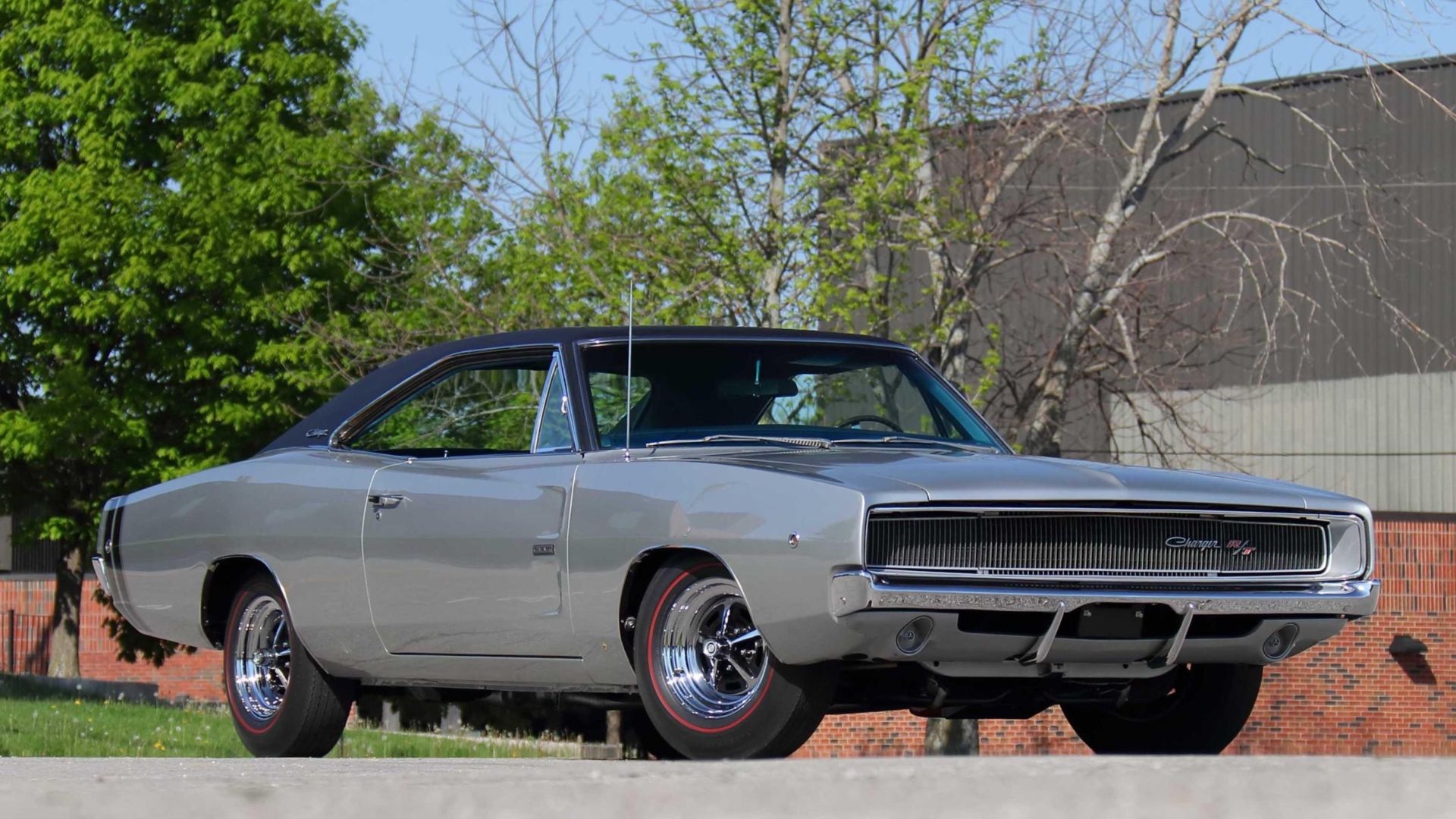
Related
Every Car That Came Factory Equipped With The 426 Street Hemi
Only 14 cars were ever blessed enough to come factory-equipped with the iconic 426 Street Hemi V-8.
Ruler Of The Road, Titan Of The Track
The whole point of a classic muscle car was to turn heads and blow off doors, so the second-gen Charger’s stunning looks, as well as awesome power options, gave it dominion over the streets. In ’68, the Buick GS, Chevrolet Chevelle, Oldsmobile 442, and Pontiac GTO were all 14-second-plus rides, while the Charger R/T Hemi blazed a quarter-mile in the mid-13s.
It was this ride that established a 13-second run as the standard for classic muscle. Even a Charger with a 375-horsepower 440ci V-8 could smoke the competition with a 14.0-second ET, which simply couldn’t be matched by any other ride of the day.
1968 Charger R/T Power and Performance
|
Engine |
426ci Hemi V-8 |
|---|---|
|
Horsepower |
425 HP |
|
Torque |
490 LB-FT |
|
Transmission |
Four-speed manual |
|
0-60 Time |
4.9 seconds |
|
Quarter-mile |
13.5 seconds |
|
Top Speed |
156 MPH |
(Performance stats sourced from Car and Driver)
In 1969, the Pontiac Firebird Trans Am with a 400ci Ram Air IV V-8 became the first GM car to break loose from the 14s to hit a 13.7-second quarter-mile, but that still wasn’t good enough to drag a second-gen Charger. When GM finally lifted its goofball big engine ban in 1970, the Chevelle SS was gifted a 454ci LS6 V-8 that helped it to a 13.4-second, making it the first car that could potentially beat a Hemi Charger, but there are a ton of posted acceleration times and the Chevy could have actually been a 13.8-second car. Neither Ford nor Mercury ever made anything in the Golden Age that could touch a Charger R/T Hemi, with the fastest being the 13.99-second ’69 Mustang Mach 1, so the Dodge really did rule the road.
1969 Charger 500
Dodge also designed the second-gen Charger for NASCAR competition, but there was a serious design flaw that kept it from kicking ass. The grille design trapped air at high speeds, making the front end unresponsive, which meant it was difficult to steer, and that is obviously not good for racing with turns.
The 1969 Charger 500 was created to fix that issue with a traditional grille borrowed from the Coronet, but they also had a problem with the Charger’s rear window wells creating drag, preventing insane top speeds. Again, this was ironed out by making the windows flush with the roof, but the 500 wouldn’t get a chance to strut its stuff. Ford and Mercury introduced cars with longer, more aerodynamic noses, which caused Dodge to go completely nuts on the 500’s replacement.
1969 Charger Daytona
Dodge solved all the lift, drag, and vacuum-lock issues associated with the Charger by slapping on 18 inches of nosecone and a 23-inch wild flying wing rear spoiler to create the ridiculously awesome Daytona. Based on the ’69 Charger R/T, the Daytona was briefly the most dominant car on the NASCAR circuit, before it got banned.
At the time, Dodge VP and GM Bob McCurry commented, “It looks awful” but added, “I don’t give a [expletive] what it looks like, it goes fast…go ahead and build it!” Driven by Buddy Baker, the Charger Daytona was the first closed-circuit car to break the 200 MPH barrier, and all drivers agreed it was the best-handling racer car they ever piloted. 503 Daytonas were sold to the public to qualify it for competition, but only 70 of those were Hemi cars, making them top-dollar collectibles.
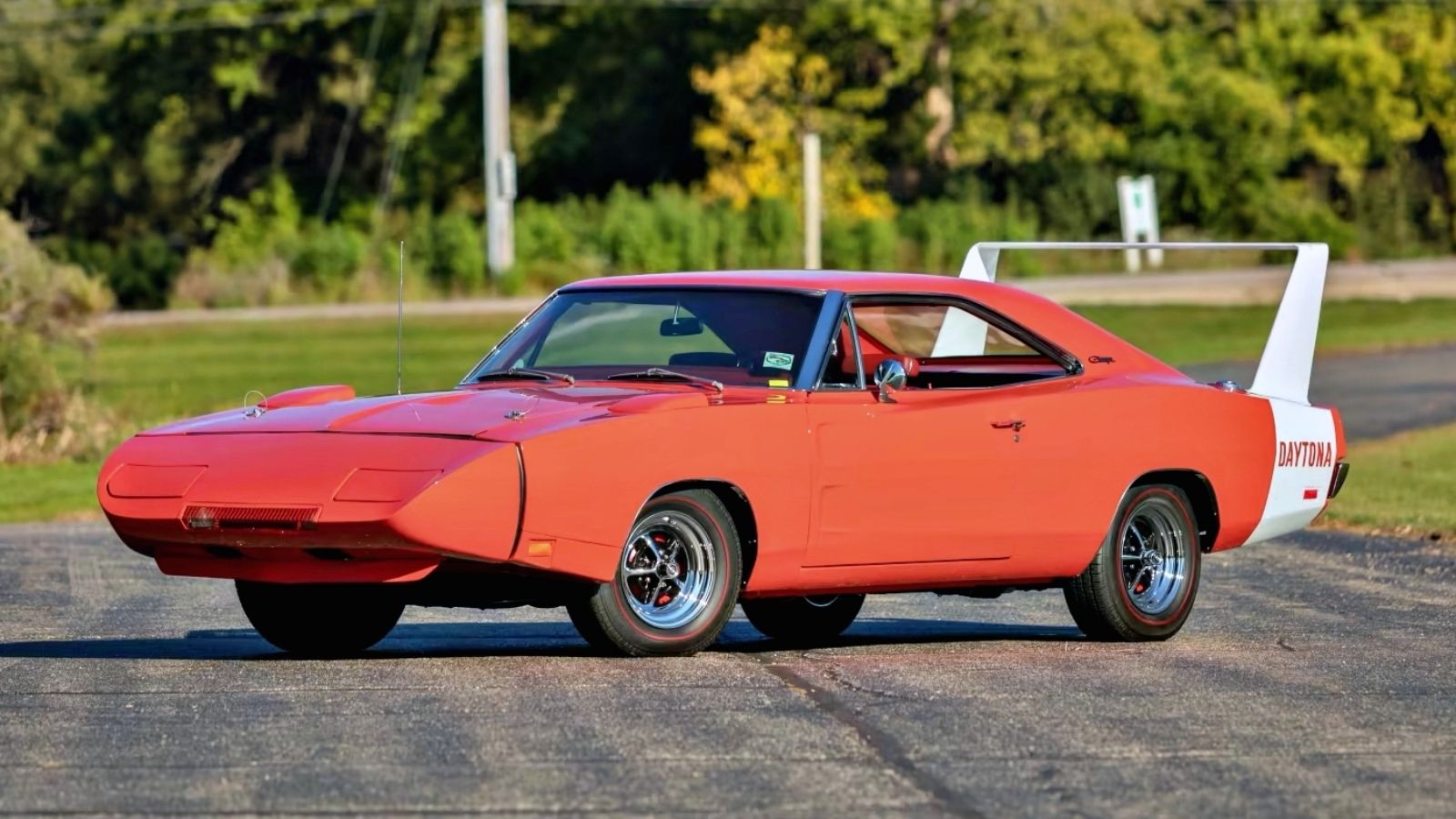
Related
10 Things About The Original Dodge Charger Daytona That Will Blow Your Mind
The iconic 1969 Dodge Charger Daytona has some stories that are just as wild as its appearance
Hollywood’s Greatest Villain
With killer styling and deadly performance, the second-gen Charger was bound to be a sensation, but it got a definite boost with a high-profile role in the Steve McQueen classic action/thriller Bullitt. Cast as the bad-guy car, the black 1968 Charger R/T 440 became an instant icon as it battled McQueen’s ’69 Mustang GT through the streets of San Francisco in the greatest car chase scene in cinematic history.
In the real world, the vastly superior Charger would have run down the Mustang, chewed it up, and pooped out the dual exhaust, but it was cast as the villain ride and the good guy always wins. Even so, audiences had never seen a car so cool and wanted one, which led to some epic Charger sales for the year.
Best Movies with a Second-Gen Charger
- Bullitt – 1968 Charger R/T
- Fast & Furious Franchise – 1970 Charger R/T
- Death Proof – 1969 Charger R/T
- Blue Velvet – 1968 Charger
- Furious 6 – 1969 Charger Daytona
- Cannonball – 1968 Charger Custom
- Dirty Larry, Crazy Mary – 1969 Charger R/T
- Joe Dirt – 1969 Charger Daytona
- Blade – 1968 Charger Custom
- Drive Angry – 1969 Charger R/T
The Charger’s appearance in the film led to it being typecast as the villain, becoming the Darth Vader of movie cars. The antagonist from Cannonball was behind the wheel of a second-gen Charger, and Dennis Hopper’s psychotic gas-huffing character from Blue Velvet drove one as well. Even when the Charger was cast as the protagonist’s ride of choice, it was usually an anti-hero criminal behind the wheel. This is actually a testament to how truly wicked the second-gen Charger is. Most Star Wars fans liked Darth Vader more than Luke Skywalker, because he’s kind of a wuss, and the same is true in Bullitt with the wicked Charger R/T versus the playful Mustang GT.
The General Lee
The second-gen Charger finally got to be a hero car on The Dukes of Hazzard classic TV show that ran from 1979-1985, albeit saddled with a Confederate flag on the roof that doesn’t necessarily fly with today’s “woke” culture. Known as “General Lee” on the hit show, the ’69 Charger rekindled America’s love affair with the classic Mopar.
Due to the numerous stunts on the series, the production went through quite a few Chargers, with estimates at over 300 destroyed. They became so desperate for General Lee cars that teams would scour the streets of Los Angeles, from land and air, looking for second-gen Chargers to buy. They weren’t always ’69s, so the front grill and rear tail lights had to be modified to sell the illusion.
Dominick Toretto’s Charger R/T
The second-gen Dodge Charger got a serious reputation rehab in the Fast & Furious movie franchise as, not only a good guy car, but also as a symbol of heroism. Dominic Toretto’s 1970 supercharged, blown R/T is not only iconic to the movie series, it is an immortal savior. In film after film, the car sacrifices itself to save the day, only to be resurrected in the next installment, ready to pay the ultimate price again.
Much like the Dukes of Hazzard, so many of these cars are obliterated that the production has to look outside of 1970 to find destructible Chargers that have to be modified to fit the proper year. With part 2 of Fast X slated to be the final installment of the franchise, the few remaining ’70s can rest easy and look forward to some dominance on the auction block.
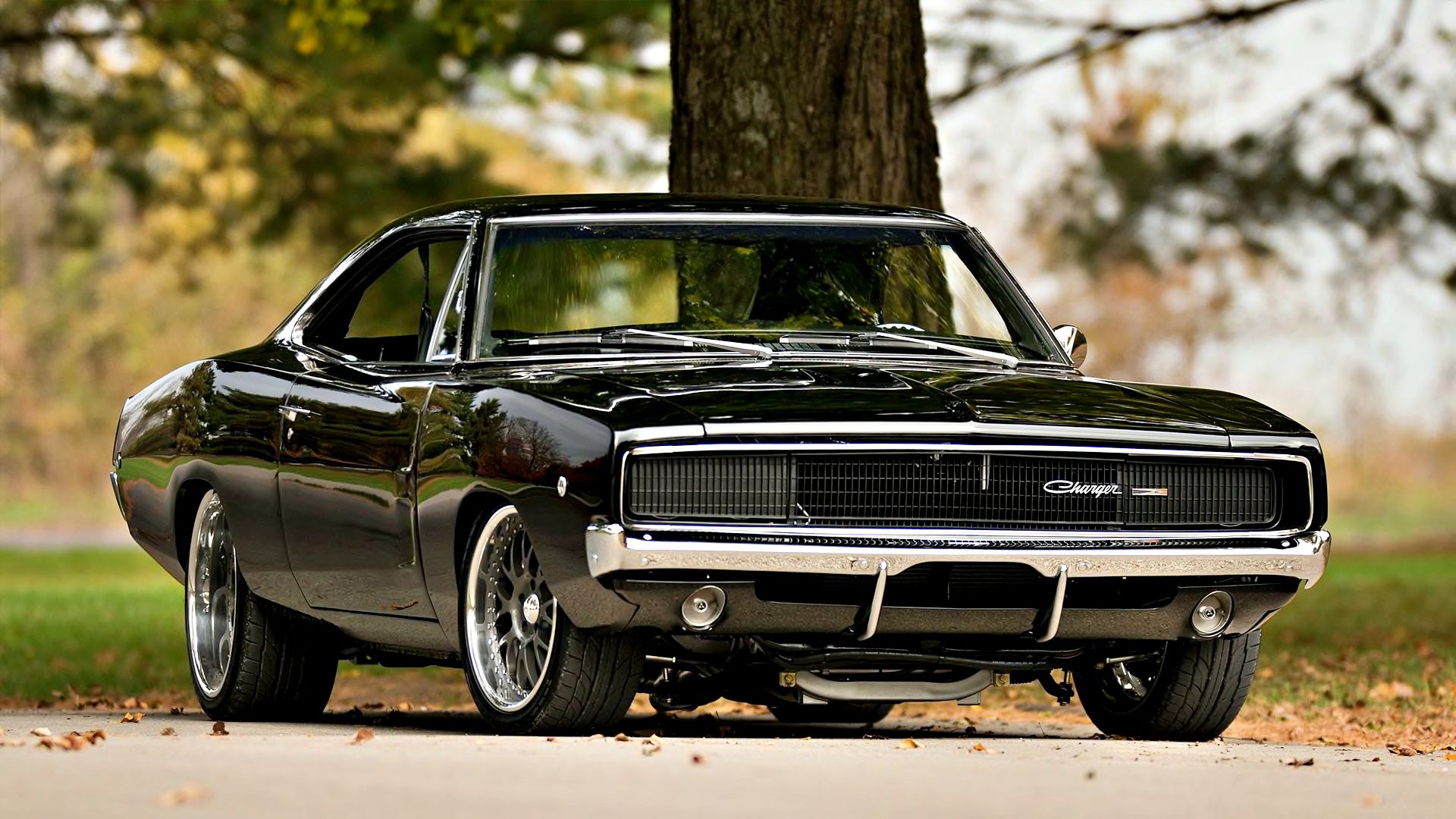
Related
10 Best Dodge Chargers In Movies
The B-body Dodge Charger is definitely on the Hollywood A-list, with thousands of starring movie roles
The Most Significant Golden Age Muscle Car
There ain’t nothing wrong with a 1970 Chevelle SS, but it’s nearly identical to several other GM models and is built on a platform that includes non-muscular variants like sedans and wagons. The second-gen Charger is a pure muscle car with no Plymouth equivalent, nor a family-friendly station wagon version. Not only is it a stunning beauty with god-like power, it’s 100 percent unique and demands attention.
It hit the market at the height of the Golden Age of American Muscle, where it absolutely seduced the automotive press, speed junkies, and those who live life on the edge. It continues to captivate to this day, not only as a superstar of television and film, but also as one of the most collectible classics, muscle or otherwise.
Second-Gen Charger Recent Auction Sales
- 1969 Charger Daytona – $3 million
- 1969 Charger Daytona – $1.43 million
- 1970 Charger R/T Hemi – $352,000
- 1969 Charger 500 – $341,000
- 1968 Charger Hemi R/T – $247,500
(Auction prices sourced from Classic.com)
The 1969 Charger Daytona with a matching-numbers 426 Hemi is a guaranteed million-dollar ride, and pristine examples have gone for as much as $3 million. Any second-gen Charger with a Hemi will go in the six-figures at auction, and that might actually be cheap considering its rarity. It’s almost impossible to find a ’69 that isn’t a Daytona or 500, and Dodge only made 112 Hemi R/Ts in 1970, so they should probably be skewing toward the million-dollar mark.
It’s also important to remember that the original production numbers don’t reflect how many still exist, and some years could be in the double-digits for the remaining Hemi cars. Love and adoration for the second-gen Charger isn’t cooling off, so the other guarantee here is that they won’t be getting any cheaper.

